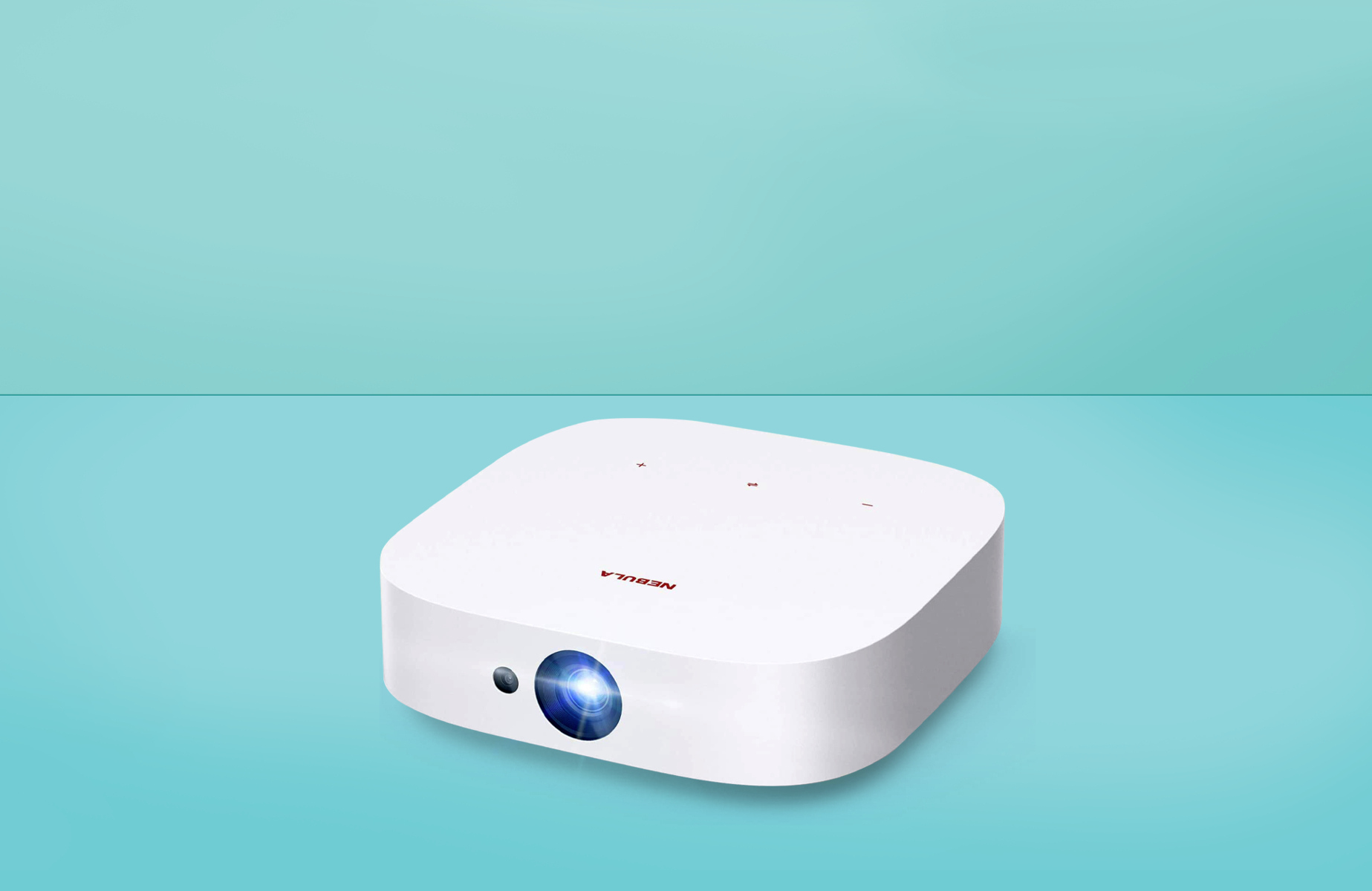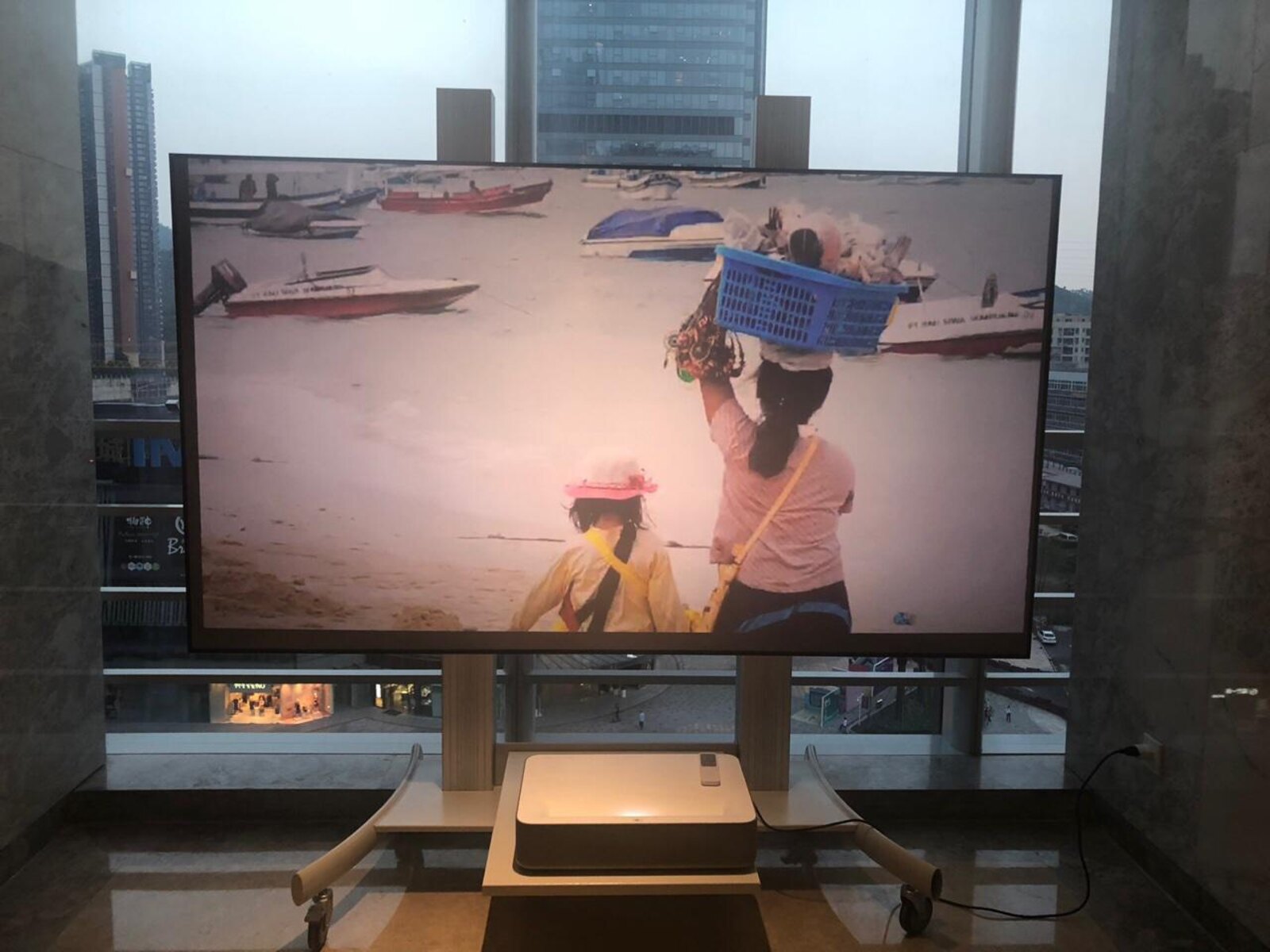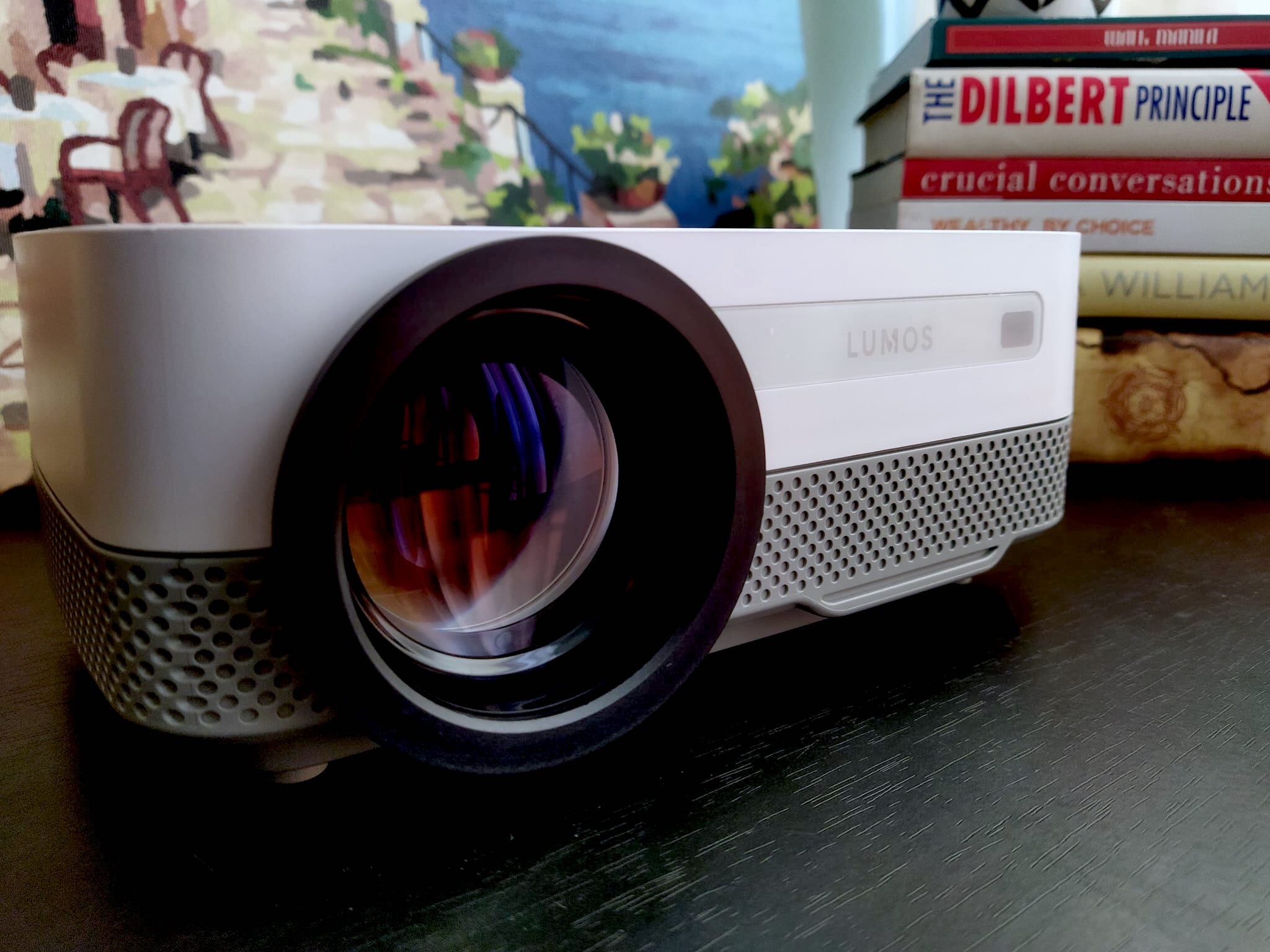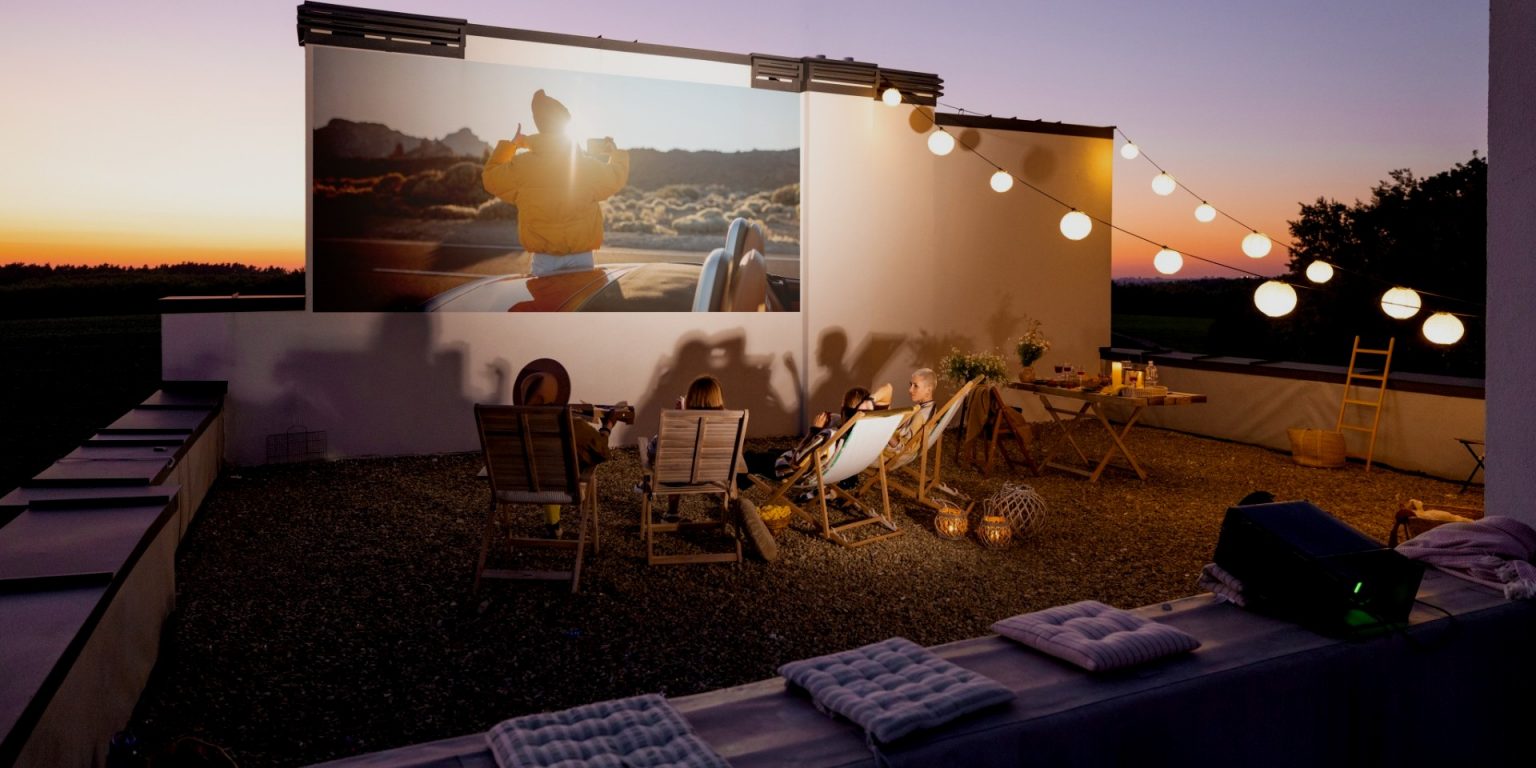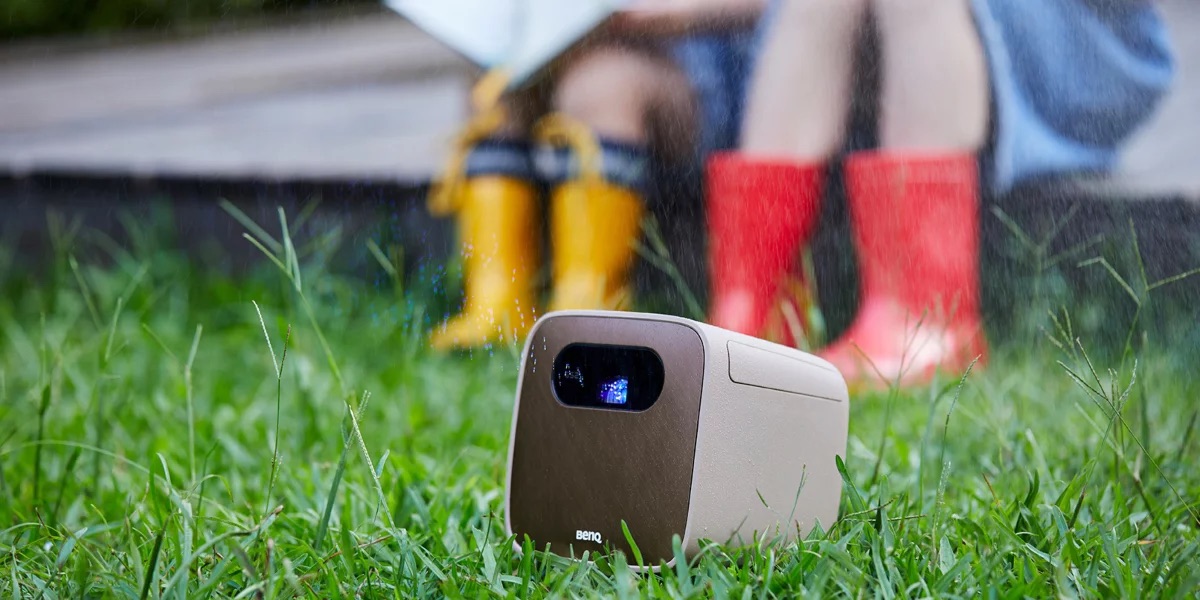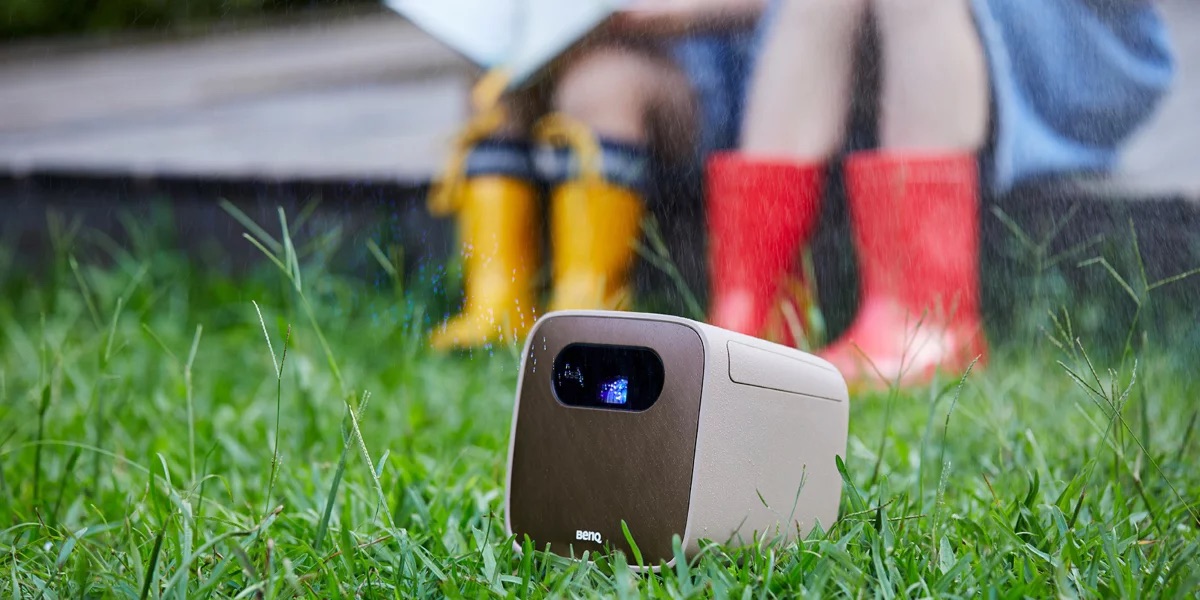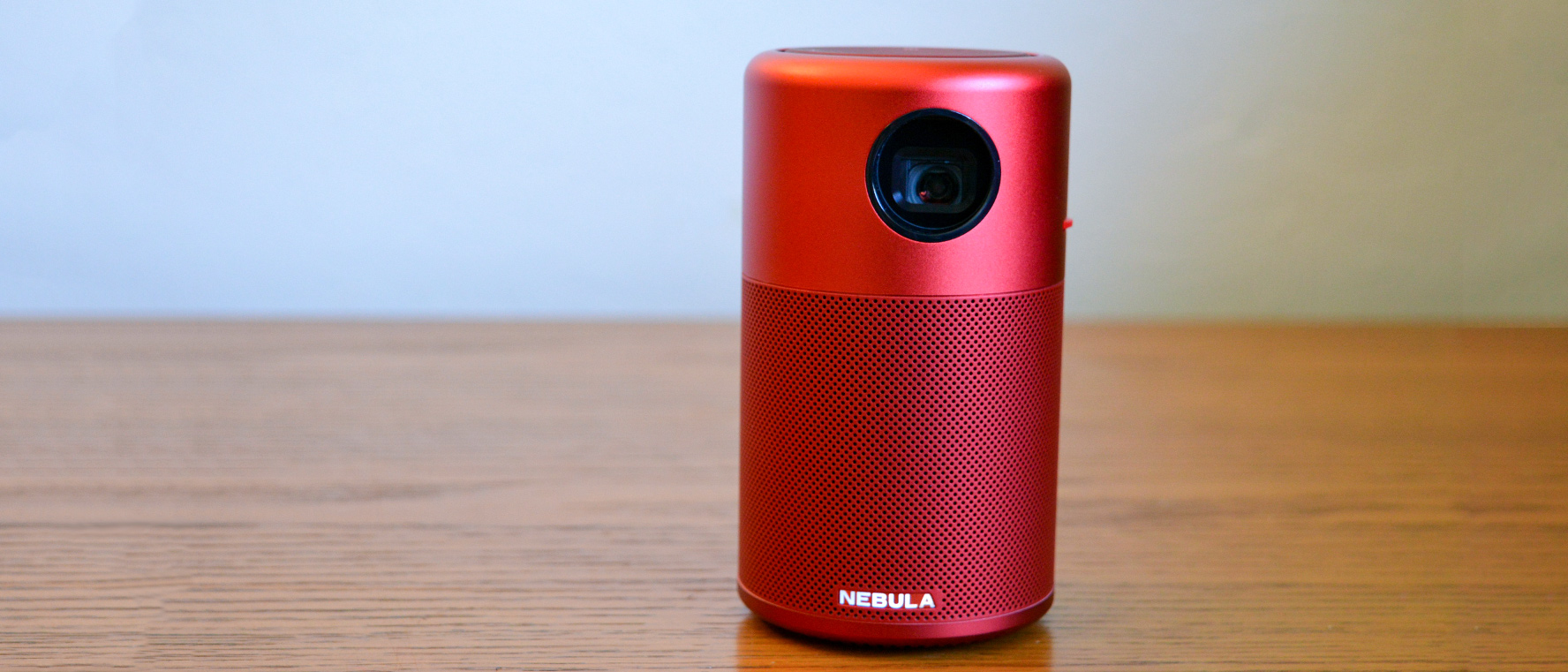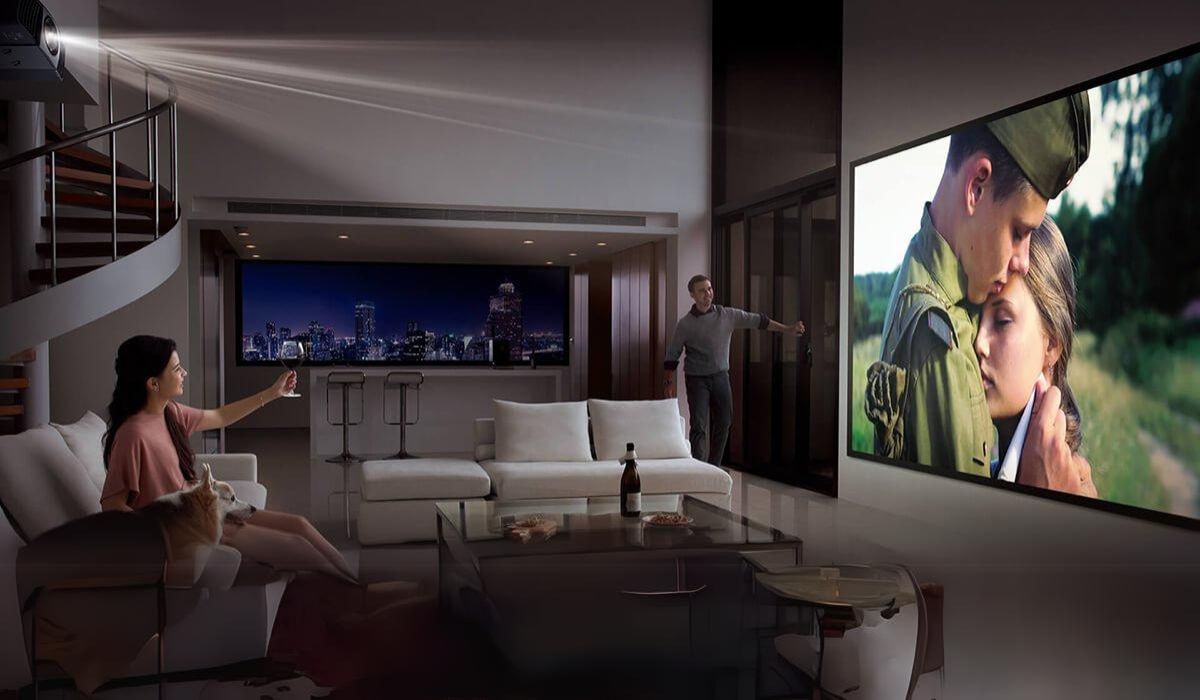Introduction
When it comes to enjoying outdoor movie nights or hosting outdoor events, having an outdoor projector is a must. However, one crucial factor that determines the quality of your viewing experience is the brightness of the projector. The brightness of a projector is measured in lumens, and getting the right amount of lumens for your outdoor projector is essential for a clear and vibrant display.
Choosing the appropriate lumens for an outdoor projector can be a daunting task, as various factors come into play. This article will guide you through the process of determining how many lumens you need for an outdoor projector. By considering factors such as ambient light conditions, projection distance, and screen size, you can ensure that you achieve the best possible viewing experience.
Before diving into the specifics, it’s important to understand that the brightness requirements for indoor and outdoor projectors differ significantly. In an indoor setting, the ambient light is usually controlled, and therefore, a projector with lower lumens can deliver satisfactory results. Outdoor environments, on the other hand, present challenges with natural light, requiring a projector with higher lumens to overcome the brightness and maintain a clear image.
Understanding how lumens interact with these different factors will help you make an informed decision when selecting the right outdoor projector for your needs. So, let’s explore each of these factors in detail to determine how many lumens you need for an outdoor projector.
Factors to Consider
There are several important factors to consider when determining the number of lumens you need for an outdoor projector. By taking these factors into account, you can ensure that your projector delivers a bright and clear image, even in challenging outdoor environments.
Ambient Light Conditions
The amount of ambient light in your outdoor viewing area is one of the most critical factors to consider. If you plan to use the projector primarily during the day or in a well-lit area, you will need a projector with higher lumens to counteract the brightness. In contrast, if you anticipate using the projector in the evening or in a darker environment, a projector with fewer lumens may suffice.
Projection Distance
The distance between your projector and the screen also impacts the required lumens. The farther the projection distance, the more lumens you will need to maintain a bright image. Additionally, if you plan to project onto a larger screen, more lumens will be necessary to ensure the image remains clear and vibrant.
Screen Size
The size of the screen plays a crucial role in determining the ideal number of lumens for your outdoor projector. The larger the screen, the more lumens are required to cover the surface area adequately. It’s essential to match the lumens output of your projector with the screen size to maintain optimal brightness and image quality.
Projection Surface
The type of projection surface also influences the lumens requirements. Some surfaces, like high-gain screens, reflect more light, allowing for a brighter image with fewer lumens. On the other hand, lower-gain screens may require a projector with higher lumens to compensate for light reflection and ensure a clear picture.
Content Type
The type of content you plan to display should also be taken into consideration. If you intend to showcase high-definition videos or vibrant graphics, a projector with higher lumens will help enhance the colors and details in the image. However, if you primarily project simple presentations or black and white films, a projector with lower lumens may be sufficient.
By evaluating these factors, you can determine the optimal number of lumens needed for your outdoor projector. Keep in mind that striking a balance between ambient light conditions, projection distance, screen size, projection surface, and content type will ensure an enjoyable viewing experience for you and your audience.
Ambient Light Conditions
The ambient light conditions in your outdoor viewing area play a significant role in determining the required lumens for your outdoor projector. Understanding how different lighting situations affect image quality will help you choose the appropriate brightness level for your projector.
If you plan to use the projector during the day or in a brightly lit outdoor setting, you’ll need a projector with higher lumens to combat the natural light. Direct sunlight or intense artificial lighting can wash out the image on a low-lumen projector, making it difficult to see the details and colors. Opting for a projector with higher lumens, such as 3000 lumens or above, will ensure a bright and visible image even in these challenging lighting conditions.
On the other hand, if you primarily use the projector in the evening or in a darker environment, you have more flexibility in terms of lumens requirements. A projector with a lower lumen output, such as 1500 to 2000 lumens, may be sufficient to produce a clear and vibrant image. In these situations, the absence of bright ambient light allows for better contrast and visibility, even with lower lumens.
It’s important to note that while increasing the lumens can enhance brightness, excessively high lumens may not necessarily improve image quality. Instead, they can lead to image distortion or washing out of colors. Therefore, it’s crucial to strike a balance between brightness and image clarity in accordance with the ambient light conditions.
If you anticipate using the projector in various lighting conditions, consider opting for a projector with adjustable brightness settings. This feature allows you to customize the lumens output based on the specific ambient light conditions at any given time. This flexibility ensures that you can enjoy optimal image quality regardless of the lighting situation.
By carefully considering the ambient light conditions in your outdoor viewing area and selecting a projector with appropriate lumens, you can enjoy a crisp, clear, and vivid image, enhancing your overall outdoor movie experience or event.
Projection Distance
The distance between your projector and the screen, known as the projection distance, is a critical factor in determining the required lumens for your outdoor projector. Understanding how projection distance affects image brightness will help you choose the right projector for your specific setup.
As a general rule, the farther the projection distance, the more lumens you will need to maintain a bright and clear image. This is because the light from the projector needs to travel a longer distance, resulting in some loss of brightness. If your outdoor setup requires a large projection distance, consider opting for a projector with a higher lumen output.
Additionally, the size of the projected image also influences the lumens requirements. Larger screens require more lumens to adequately cover the surface area and maintain consistent brightness throughout the image. If you plan to project on a larger screen, it’s advisable to choose a projector with higher lumens to ensure a vibrant and well-defined image.
On the other hand, if your projection distance is shorter or you have a smaller screen size, you may be able to get away with a projector that has lower lumens. The shorter distance allows for better light concentration, resulting in a brighter image with fewer lumens. However, keep in mind that even in these scenarios, having sufficient lumens is crucial to avoid a dim or washed-out image.
It’s also worth noting that some projectors offer optical zoom capabilities, allowing you to adjust the projection distance without compromising image quality. This flexibility can be beneficial if you anticipate using the projector in different outdoor spaces with varying distance requirements.
When determining the required lumens based on projection distance, it’s essential to consider the specific details of your outdoor setup. Measure the distance between the projector and the screen and consider any future adjustments you may need to make. By selecting a projector with the appropriate lumens output for your projection distance, you can ensure a sharp, vibrant, and properly illuminated image for your outdoor viewing experience.
Screen Size
The size of the screen is a crucial factor in determining the required lumens for your outdoor projector. The larger the screen, the more lumens you will need to ensure a bright and clear image across the entire surface. Understanding the relationship between screen size and lumens will help you choose the right projector for your outdoor setup.
When projecting onto a larger screen, the light from the projector needs to cover a larger surface area, which can result in a decrease in brightness. To compensate for this, you will need a projector with higher lumens to maintain optimal brightness and image quality. As a general guideline, consider opting for a projector with a higher lumen output, such as 3000 lumens or more, for larger screens.
On the other hand, if you have a smaller screen size, you may be able to get away with a projector that has lower lumens. The light from the projector will be concentrated on a smaller surface area, resulting in a brighter image with fewer lumens. However, even with smaller screens, it’s important to ensure that you have sufficient lumens to avoid a dim or washed-out image.
Another factor to consider when it comes to screen size is the aspect ratio. Different projectors have different aspect ratios, such as 4:3 or 16:9. To ensure a proper fit and optimal image quality, it’s essential to choose a projector with a compatible aspect ratio for your screen size.
It’s worth noting that the material of the screen can also impact the required lumens. Some screen materials may reflect more light and enhance the brightness of the projected image, allowing for better visibility with lower lumens. Conversely, other screen materials may absorb more light and require a higher lumen output for a bright image.
By considering the size and aspect ratio of your outdoor screen, as well as the characteristics of the screen material, you can select a projector with the appropriate lumens output to ensure a captivating and well-illuminated visual experience for your outdoor viewing.
Lumens Recommendations
Choosing the right number of lumens for your outdoor projector is crucial to achieve a bright and vibrant display. While the specific lumens requirement will vary based on ambient light conditions, projection distance, and screen size, there are some general recommendations to consider.
For outdoor environments with significant ambient light or where you plan to use the projector during the day, it is recommended to opt for a projector with at least 3000 lumens or higher. This higher lumen output helps counteract the brightness of the surroundings and ensures a visible image with enough contrast and saturation.
If you anticipate using the projector in the evening or in darker outdoor settings, a projector with a lumen output of around 1500 to 2000 lumens may suffice. The absence of intense ambient light allows for better contrast and visibility, resulting in a clear and vivid image.
In terms of projection distance, larger distances generally require higher lumens to compensate for the light loss over the longer distance. For shorter distances or smaller screen sizes, you can consider projectors with lower lumens, but it is important to ensure sufficient brightness for optimal image quality.
Screen size is also an important factor to consider when determining the appropriate lumens. For larger screens, it is advisable to choose a projector with higher lumens to cover the larger surface area adequately. Smaller screens may require fewer lumens, but it’s essential to find a balance to avoid a dim or washed-out image.
These lumens recommendations serve as a general guideline, but it’s essential to consider the specific details of your outdoor setup. Factors such as the level of ambient light, projection distance, screen size, and even the type of content you plan to display can all influence the ideal lumen output for your outdoor projector.
When in doubt, it’s often better to choose a projector with slightly higher lumens than you think you might need. This ensures that you have sufficient brightness and clarity in a variety of viewing conditions. Additionally, selecting a projector with adjustable brightness settings can provide flexibility in accommodating different lighting situations.
By carefully considering all these factors and following the lumens recommendations, you can choose an outdoor projector that delivers a stunning image quality and brings your outdoor viewing experience to life.
Conclusion
Choosing the right number of lumens for your outdoor projector is essential to ensure a vivid and enjoyable viewing experience. By considering factors such as ambient light conditions, projection distance, and screen size, you can determine the appropriate lumen output for your specific outdoor setup.
Ambient light conditions play a significant role in determining the required lumens. For environments with high levels of ambient light, such as during the day or in well-lit outdoor spaces, projectors with higher lumens, typically 3000 and above, are recommended to counteract the brightness and maintain a visible image. In contrast, in evening or darker settings, projectors with lower lumens, around 1500 to 2000, may suffice to produce clear and vibrant images.
The projection distance and screen size are also crucial factors. Longer projection distances generally require higher lumens to compensate for the light loss over the distance. For larger screen sizes, more lumens are needed to cover the surface area adequately, while smaller screens may require fewer lumens. It’s crucial to find a balance to ensure optimal brightness without compromising image quality.
Additionally, considering the specific characteristics of the outdoor viewing area, such as the type of projection surface and the content type, can further guide your lumens selection process. Materials with higher light reflectivity can enhance image brightness, while certain content types may benefit from higher lumens to showcase vibrant colors and intricate details.
While these recommendations can serve as a guide, it’s important to evaluate your unique outdoor setup and take into account your personal preferences and viewing expectations. Opting for a projector with adjustable brightness settings can provide flexibility to adapt to different lighting conditions and ensure a captivating visual experience.
By carefully considering the interplay between ambient light conditions, projection distance, screen size, and content type, you can make an informed decision and choose the ideal number of lumens for your outdoor projector. Ultimately, finding the right balance will result in a captivating outdoor viewing experience where you can enjoy movies, presentations, or any type of content with maximum clarity, brightness, and visual impact.







